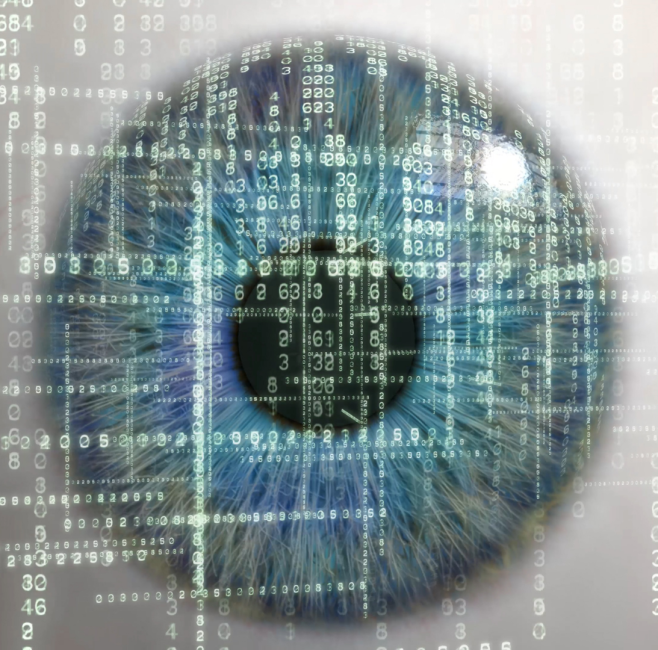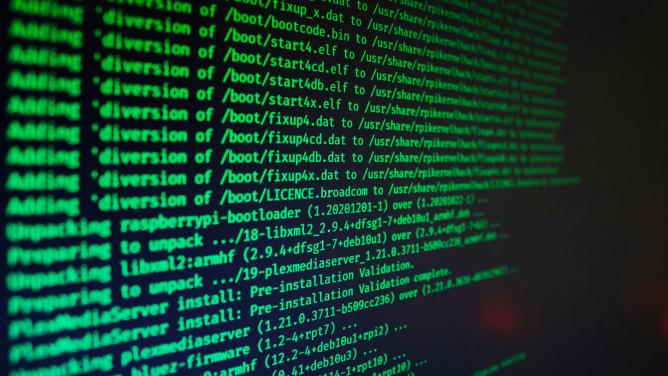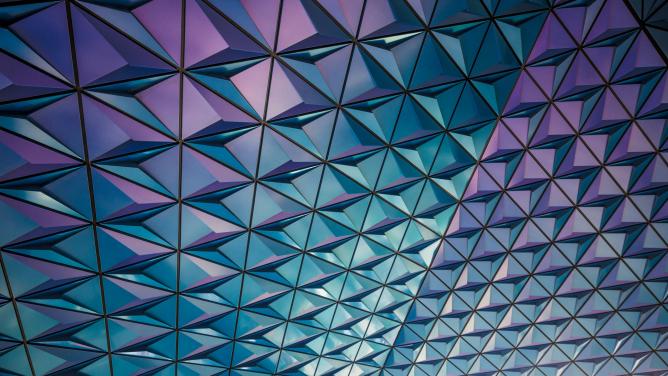Look into the camera
Artificial intelligence has a voracious appetite: it needs to be nourished on text, video and tabular data in order for it to evolve. Industrial AI feeds on a diet of data collected from sensors – which are now embedded in everything. Perhaps the most common example is the ordinary camera, found in your smartphone or in every video surveillance system. Enhanced by software, cameras are powering a growing branch of AI dedicated to image analysis, known as computer vision. “The video surveillance market is experiencing significant growth. Cameras are a type of sensor, and more and more cities are installing them in public spaces. We believe this type of data source is vastly underused,” explains Arnaud Delorme, head of business development at XXII. Founded in 2015 and now a part of Leonard’s Catalyst program, the company is a pioneer in computer vision – a technology whose full potential is only beginning to be explored.
A key lever in industrial transformation
Today, real-time image analysis technology is already being used in a number of industrial processes. The list is extensive, but far from exhaustive, and includes automated quality control (Siemens’ Inspekto) and object counting in production lines (CognexMachine Vision). In the transportation sector, the technology is central to the development of autonomous vehicles and to enhancing urban traffic management (Wintics Cityvision). In healthcare, computer vision holds excellent potential for improving disease diagnosis (Google’s MedGemma specializes in interpreting medical images) and for assisting the visually impaired (Microsoft’s Seeing AI). Meanwhile, in retail it is used for analyzing customer flow (XXII) and inventory management (Simbe robotics). In the environmental sector, computer vision is already being used to monitor marine life (Stream Ocean) and fight wildlife poaching (WWF’s SEE Shell). And the list could go on, covering applications in the agricultural and aerospace industries, as new use cases are constantly appearing as this branch of AI evolves.
For XXII, the future lies in increasing the number of use cases a single camera can have. Data from one camera can serve multiple professions within the same site. “Our solutions have been deployed in Monaco train station. They will simultaneously measure traffic and passenger flow, counting the number of trains and people… This information is used to anticipate peak traffic times and optimize train schedules, as well as improve the passenger experience by making it easier for them to get around, to optimize retail performance and improve overall service quality,” Delorme explains.
New Frontiers
The sector’s dynamism is matched by its strong innovation potential. With the rise of vision-language models (VLMs), a future in which images and text can be used interchangeably by AI solutions is emerging. Advances in lightweight models, which require less computing power, brings the potential to mass deploy these solutions in agriculture and industry. For example, researchers at the University of Illinois have developed a machine learning tool capable of analyzing crop health that reduces the need for human-annotated data. Others are drawing inspiration from the image processing capabilities of the human brain, in an effort to reduce the energy demands needed to train current models – an issue increasingly under scrutiny. “Our technology is lighter and more discreet. Costs have reduced tenfold in the last five years, making our solutions easily scalable today,” explains Delorme.
Data and privacy: a controversial technology?
For the first time in 2024, the French government introduced a law authorizing the use of AI-powered video surveillance for the Paris Olympic and Paralympic Games. This temporary measure is expected to be extended, reviving concerns about large-scale surveillance and the risk of normalization. “Whenever we talk about computer vision, the GDPR, regulations and data privacy immediately come up. There’s still a lot of confusion among the public about how the technology works and how data from a video is actually algorithmically processed. It’s our responsibility to explain the legal and technical safeguards. Our technological solutions comply with CNIL (the French data protection agency) and GDPR requirements. We don’t store any personal data or images. We convert a video stream into usable data,” clarifies Delorme.
Driven by growing technological maturity, by the (still slow) development of the regulatory landscape and by a new ability to scale solutions for industrial use, image analysis is giving artificial intelligence a form of vision that could ultimately reshape how cities produce, monitor and make decisions.


